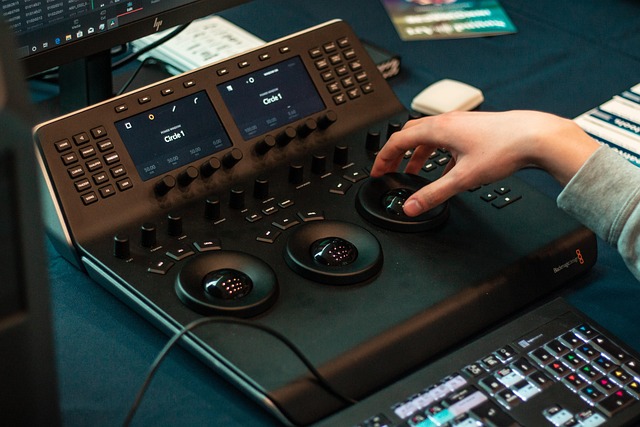In today’s visually-driven world, the quality of what we see on our screens can drastically alter our experience. The key player in achieving an immersive viewing experience is none other than dynamic range. This term, often thrown around in the realm of imaging technology, refers to the range of brightness levels that a display can reproduce, from the darkest shadows to the brightest highlights. With cutting-edge display technology, understanding and mastering this concept can revolutionize how we engage with our favorite media.
Imagine settling down for a movie night, the room dimly lit, and your favorite film queued up. As the video starts, you’re instantly captured by the vivid colors and the rich depth of the visuals. This is the magic of high dynamic range (HDR) technology in action. Unlike traditional displays that may flatten the contrasting elements of an image, HDR amplifies them, allowing us to appreciate details that were once lost in the mix. Whether it’s the stark contrast of a vibrant sunset against a dark silhouette or the delicate nuances in a shadowy corner of a room, a high dynamic range display elevates these experiences to a level that feels almost lifelike.
The impact of dynamic range isn’t limited to televisions alone; it extends to monitors as well. For gaming enthusiasts or graphic designers, having a monitor capable of showcasing a wider dynamic range enhances not just the visual appeal but also the entire interaction with the digital environment. Colors appear more saturated, blacks are deeper, and the overall sharpness of images is heightened, allowing for a more nuanced and engaging experience, whether creating art or conquering virtual realms.
At the core of cutting-edge display technology lies the innovations that make all of this possible. From OLED (Organic Light Emitting Diodes) to Mini LED advancements, manufacturers are pushing boundaries to enhance dynamic range. OLED technology, for instance, excels in producing true blacks since it can turn off individual pixels, resulting in an impressive contrast ratio. Meanwhile, Mini LED technology allows for more localized dimming zones, striking a delicate balance between luminous brightness and deep darkness.
Understanding dynamic range leads to a more profound appreciation for the visual storytelling that unfolds on our screens. Whether it’s during an adrenaline-pumping action sequence in a film, the subtle gradients in a landscape photograph, or the intricate textures of a video game world, embracing this technological advancement can transform passive viewing into an engaging and emotionally resonant experience.
As we navigate through an era that continuously enhances our visualization capabilities, whether through improved TV setups or professional-grade monitors, harnessing the power of dynamic range should be at the forefront of our imaging experience. So, take the plunge into a world where every frame is a feast for the eyes and prepare to redefine what you thought possible in your visual encounters.



